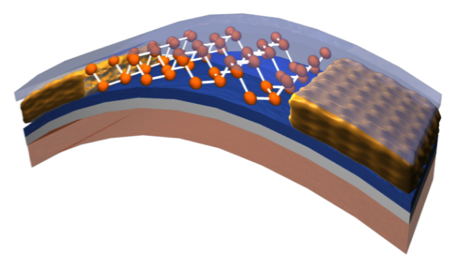_ Department of nanoelectronics and (plasmonic waves)
The connection between nanoelectronics and plasmonic waves is a process based on electrical, optical, magnetic, and surface properties .
Researcher and author: Dr. ( Afshin Rashid)
Note: These nanostructures consist of metal and dielectric, whose dimensions are below the excitation wavelength (the wavelength of the radiation that causes the excitation of plasmonic waves).
With the approach of technology towards the accumulation of opto-electronic circuits, manufacturing problems and phenomena that helped prevent further compression of the structure, caused the use of plasmonic structures and plasmonic waves to be investigated and used. Plasmonic is based on the process of interaction between electromagnetic waves and conduction electrons in metals with nano dimensions. Analytically, the reason for the rapid drop in the energy of electrons passing through metals, and it was concluded that this energy is spent on the cumulative movement and oscillation of the free electrons of the metal, and called it plasmon. The reason for this name was the similarity of these fluctuations of electrons with the fluctuations of particles in the plasma environment. The so-called term polariton is used for the oscillation of bound electrons of a metal in the state of coupling with incident beam phonons. The name polariton was used for quasi-particles that were half matter and half photon, which is the coupled state between a photon of the elementary excitation beam and the conduction electrons of the metal, and the term plasmon polariton (Plasmon Polariton) was used to express the cause of the coupling between a photon and is a plasmon.
Conclusion :
With the approach of technology towards the accumulation of opto-electronic circuits, manufacturing problems and phenomena that helped prevent further compression of the structure, caused the use of plasmonic structures and plasmonic waves to be investigated and used. These nanostructures consist of metal and dielectric, whose dimensions are below the excitation wavelength (the wavelength of the radiation that causes the excitation of plasmonic waves).
Researcher and author: Dr. ( Afshin Rashid)
Specialized doctorate in nano-microelectronics





